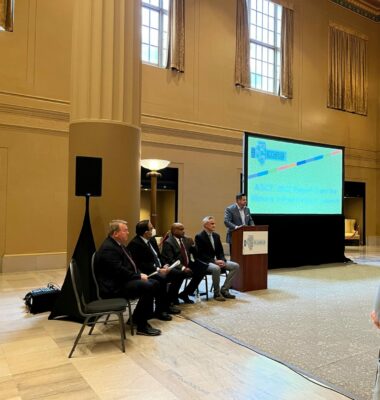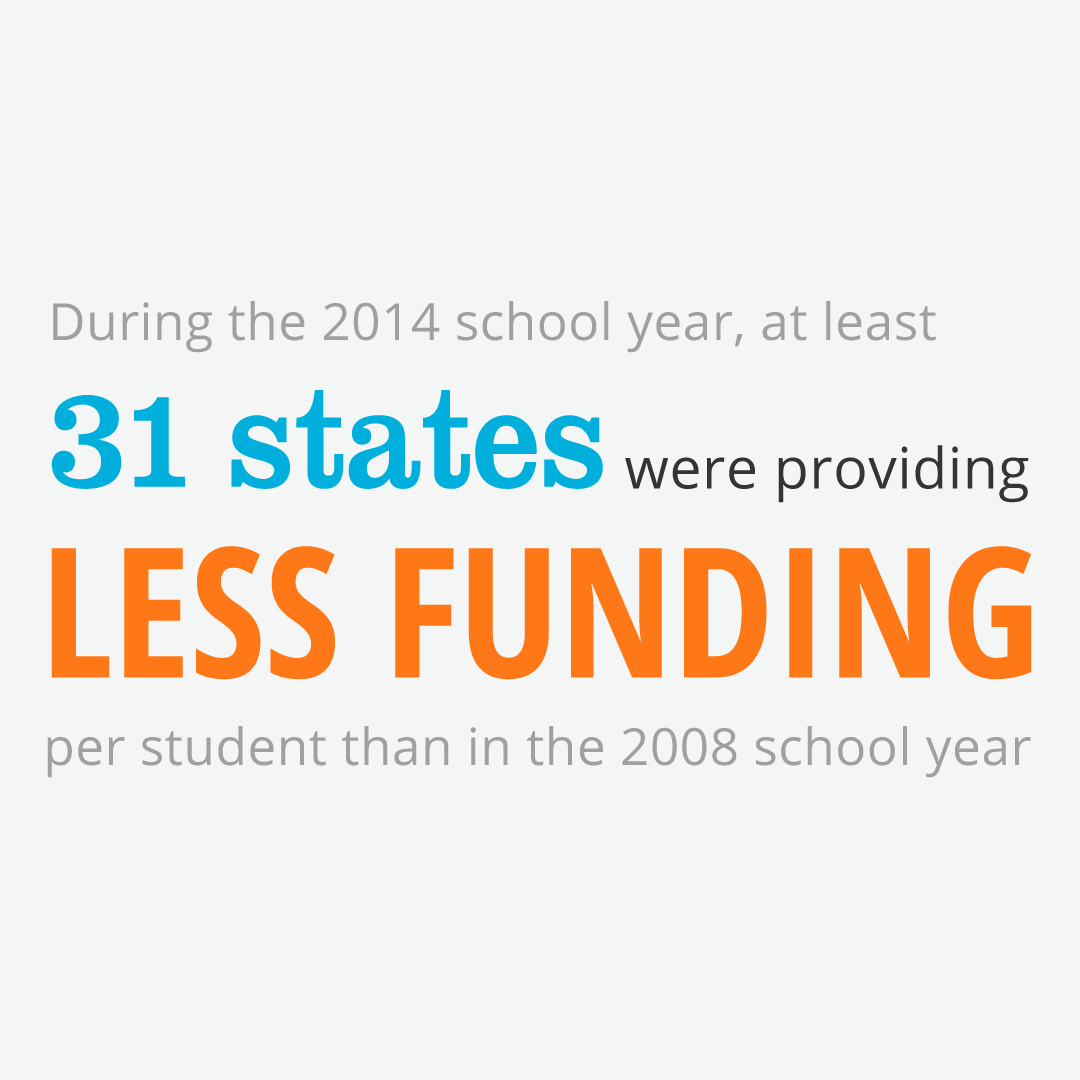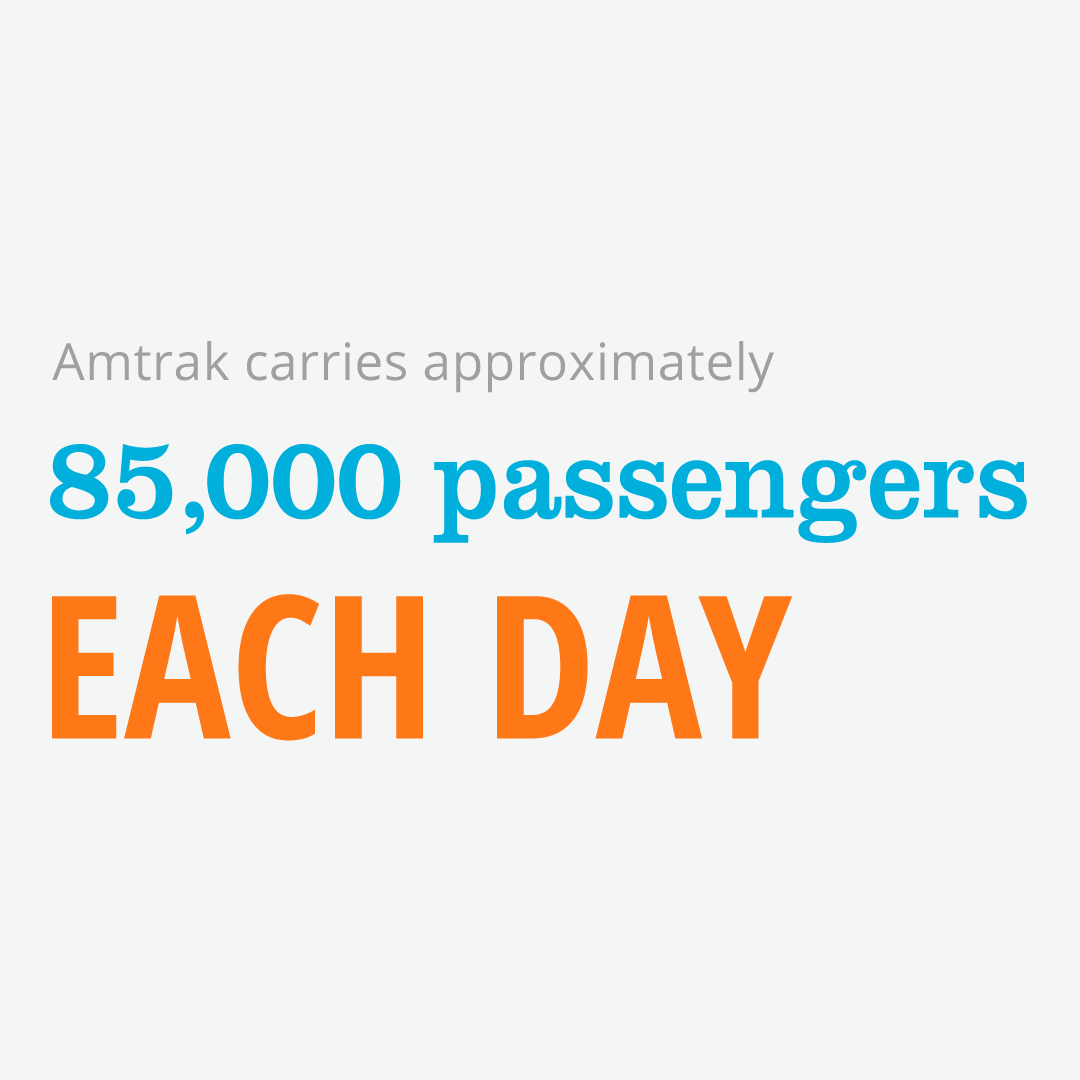On Thursday, April 28, the Illinois Section of ASCE unveiled its 2022 Report Card for Illinois’ Infrastructure, the state’s first report card since 2018. The report assigned the state’s systems a cumulative grade of “C-”, which is on par with the national grade of “C-.” A “C-” grade means the state’s infrastructure is in mediocre condition and requires attention.
The report analyzes 11 categories of infrastructure pertinent to Alabama: aviation (C+), bridges (C), dams (C+), drinking water (D+), inland waterways (D), ports (C-), rail (C+), roads (D+), stormwater (D+), transit (D+) and wastewater (C-). Illinois Section President Andrew Walton and IL report card chair Patrick Lach revealed the findings to an in-person audience at Chicago’s Union Station. Speakers included Senator Ram Villivalam, Transportation Committee Chair, Illinois Senate; Senator Donald DeWitte, Minority Spokesperson, Illinois Senate; and Omer Osman, Secretary, Illinois Department of Transportation.

As a major hub for our nation’s infrastructure, Illinois has taken considerable steps to improving its transportation and infrastructure networks and several major categories showed improvements – notably transit and roads.
This report underscores that Illinois’ freight network remains among the most robust in the nation and plays a critical role in the local and national economies. Nowhere else in the country do all seven Class I railroads converge and operate, and in 2019, Illinois ranked 9th nationally among the states in total tonnage of waterborne freight, and third in domestic tonnage. Proven especially true during the COVID-19 crisis, Illinois’ infrastructure afforded stability that helped offset supply chain challenges when it was strained most.
The state has continued to prioritize critical investments for the sectors that move goods and services; Aviation (C+), Inland Waterways (D), Ports (C-) and Rail (C+). The results of this could not be clearer as all these categories were able to maintain and, in some cases, improve their grades since 2018.
Illinois’ communities and water agencies are making progress, but the state continues to have one of the largest shares of lead service pipelines in the nation, impacting residents who rely on these systems for clean drinking water. Out of 4 million total service lines, over 675,000 have been identified as lead and almost 380,000 as copper with lead solder services. While efforts from Congress and the Illinois EPA are addressing these service lines to protect residents, grant programs must be accelerated to improve conditions at a faster pace. Illinois’ aging drinking water infrastructure is leading to leaking pipelines, costing taxpayers money and critical resources. In 2017, a total of 106 million gallons per day (MGD) were lost amongst Lake Michigan allocation permittees, or 13% of total water supplied. Additional funding is also needed for aging stormwater infrastructure that must keep up with increasing rainfall trends from climate change.
Transit and roads both receiving a “D+” were able to show notable increases. These systems have stabilized and begun to improve thanks in large part to Rebuild Illinois, despite most of the funding not taking effect yet. The percentage of state-maintained highways in excellent condition grew 5.2% in 2020 when compared to 2019. In 2021, the state raised its gas tax to 39.2 cents per gallon and its diesel tax to 46.7 cents per gallon, which will contribute to future growth. Through the federal bill and Rebuild Illinois, operating budgets for transit systems are also expanding. For example, in 2022, Metra (commuter trains) is budgeting operating expenses of $900 million, which is $100 million or 12.5% higher than in 2021. 101 out of Illinois’ 102 counties offer transit service, and 57 public transit operators and providers supported an estimated 600 million trips in 2019, the second largest public transportation system in the U.S.
The report also includes calls to action to raise the grades, including the recommendation for increased focus on workforce development, the lead service line problem, aging stormwater infrastructure and continued investments in Illinois’ multimodal freight network to accelerate progress across the rail, ports, inland waterways and roadway network.
To view the report card and all eleven categories evaluated, visit https://infrastructurereportcard.org/state-item/Illinois/.























































